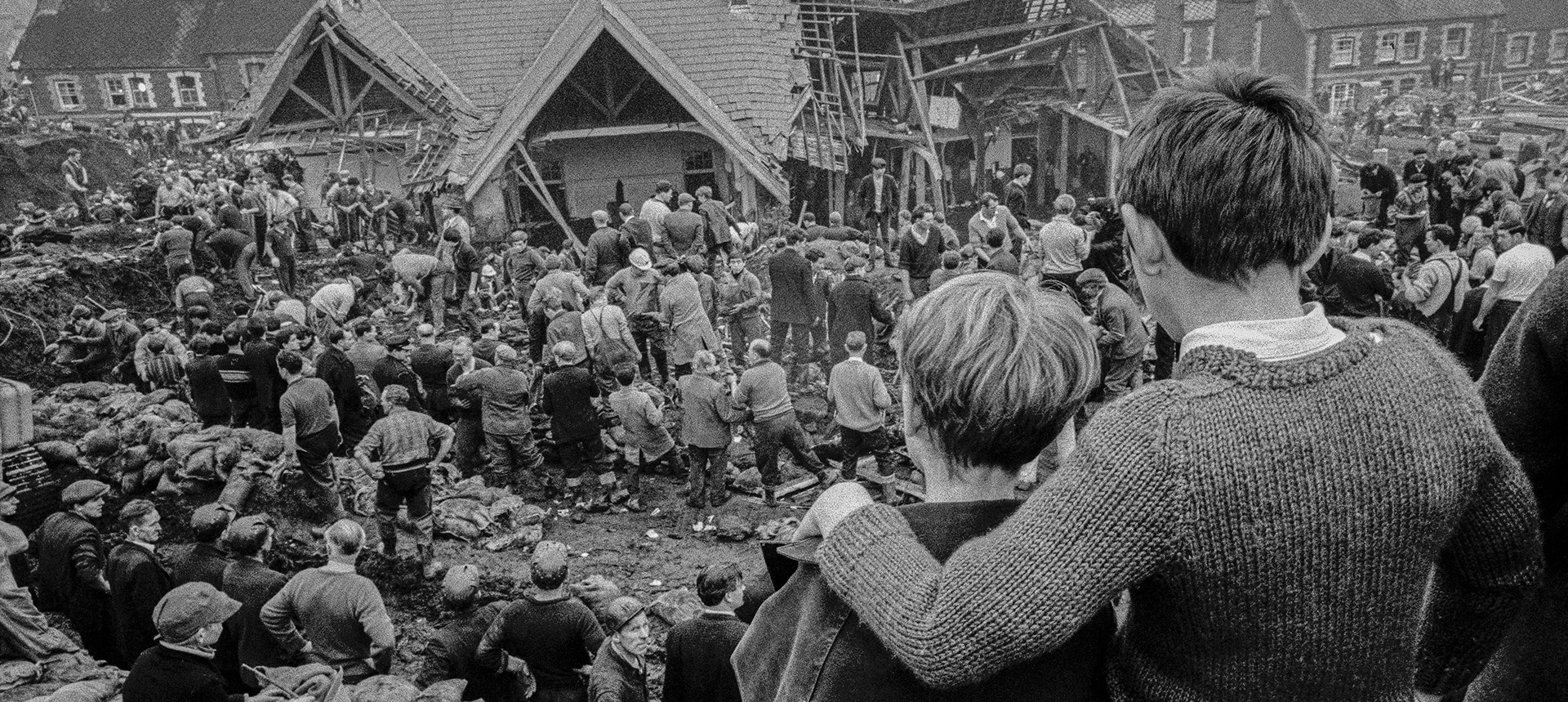At Bristol Photo Festival, the exhibition entitled “Island Life” is a collection of photographs by some of Britain’s great post-war photographers. Does it make sense? Does it have to?

You’re getting blind.
Don’t miss the best of visual arts. Subscribe for $9 per month or $108 $90 per year.
Already suscribed ?
Read more: Tish Murtha: Windows onto anguish



